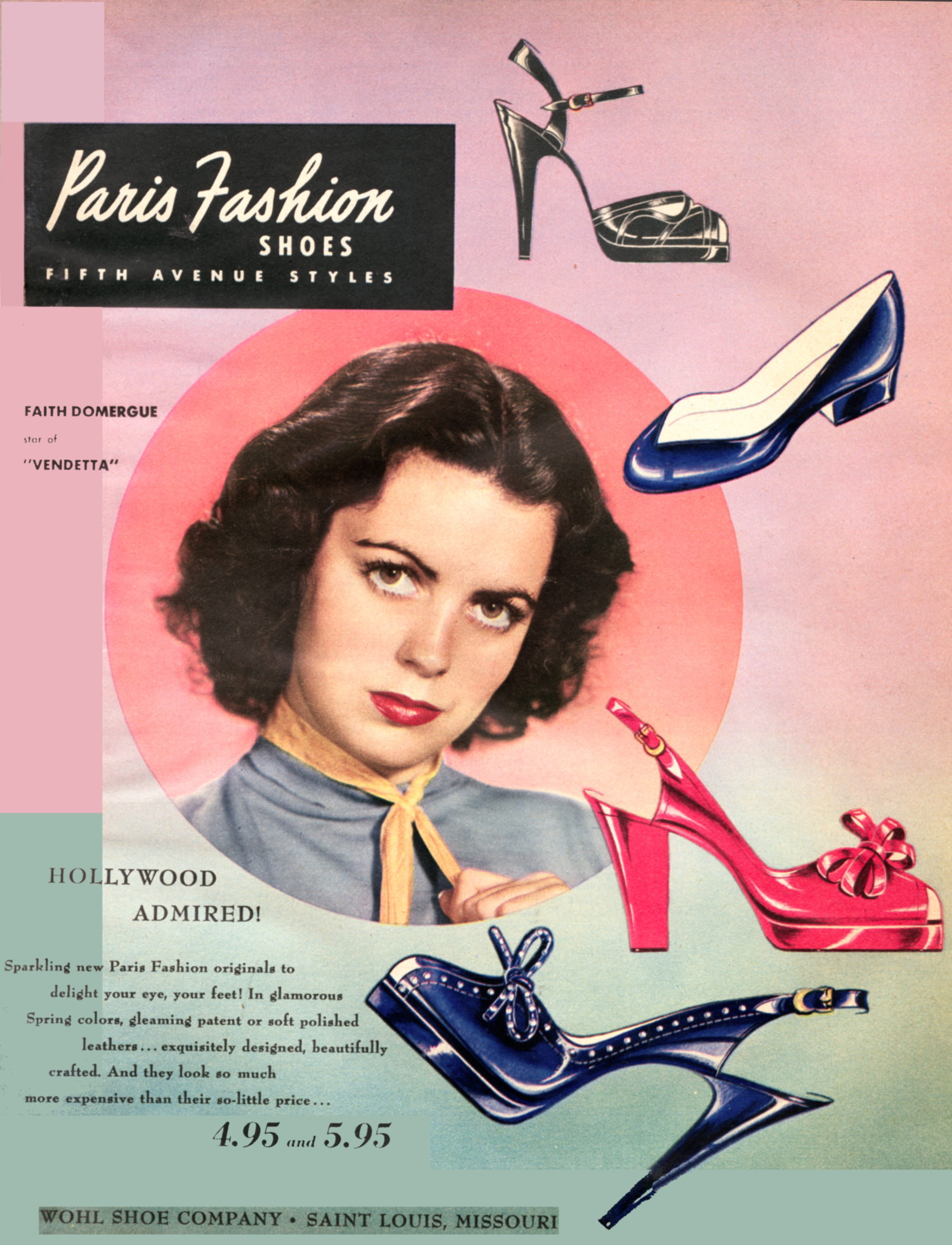[Written by Elsa Lindström]
[Image Credit: flickr.com//Rossano]
The festive season should be about spending time with loved ones, seeing people you miss during other times of the year, and having fun. Unfortunately, it’s also peak consumerism season—not only in the form of buying gifts, but also with the constant bombardment of advertising for party wear.
Fast fashion distracts us from reasonable shopping. Constantly producing new trends to keep us wanting more, the fashion industry lives off of making us loathe clothes that used to be our favourites, just because they’re no longer in style. And especially with the party season of Christmas and New Year, the desire to buy more new clothing grows stronger as the mind set pushed by the retailers is that you need a new outfit for every occasion.
And their strategy is working. Wearing the same dress twice seems to be embarrassing and shameful. I only stopped to think about this some two years ago when I realised I had a closet full of beautiful clothes I had only worn once. Reason? I was afraid that if people saw me in the same dress twice, they would think that I was poor, or lazy, or didn’t have any imagination when it comes to style.
In reality, people won’t remember—nor care—whether you’ve worn the same dress before or not.
This idea of wear-once-clothing is encouraged with all the ads and sales (before and after Christmas), as a way to make us think we don’t have enough, and therefore need something new. ASOS tells me to party like it’s 2019 (excuse me, but my old dresses are great for 2019). While Boohoo encourages me to spend NYE my way: get new pyjamas for a night in or a new dress for a night out! A new year translates into a new wardrobe.
Producing new clothes constantly harms the environment, and ordering online (especially from overseas) adds emissions from delivery into the mix. If the clothes don’t fit, the return is another trip. In addition, we simply cannot close our eyes to the fact that a dress costing £30 has been made by child labour in unsafe conditions where they do not receive enough compensation for their work—as the price tag clearly indicates.
This is what the retailers want to distract us from. They also want to distract us from this question: Why do you want to shop? Is it a process of re-inventing yourself? Are you trying to be something you’re not? None of these things are bad: I wholeheartedly encourage you to have fun with your personal style and experiment. But I speak from experience when I also advise you to think twice. Otherwise, you could easily end up owning beautiful clothes which you like a lot… except you don’t feel comfortable in them. Therefore, you’re left with that pretty dress the hanger haunting you forever, because you don’t wish to throw it away just in case you’ll change your mind.
Of course, I’m not saying you shouldn’t ever buy new clothes. Let’s be reasonable: sometimes none of the clothes you have are suitable, or you just want something different. Go for it! Just one question; do the clothes need to be new new, or is it enough if they’re new to you?
I’m talking about my favourite topic here: second-hand shopping. While adverts of new garments often distract us from even considering pre-loved clothes, the truth is that they save money, are better for the environment, and best of all they offer you unique pieces no one else is likely to have. No more unintentional twinsie-moments with someone you don’t even know! Another way to avoid the traps of buying unnecessary clothes is by taking a look into your friends’ wardrobe. This is great when the occasion has a theme that doesn’t fit your personal style, like subcrawls or costume parties.
Before you set out to hunt for something new, really consider your own wardrobe. Chances are you don’t really need a whole new outfit—maybe just something to spice up your old clothes. A different pair of shoes, a new shirt, or jewellery perhaps? If you do end up buying something new, try to imagine different outfit combinations with the piece, choose things you’re certain you’ll wear, and most importantly: ask yourself if you really want it, or is the feeling of need just a result of advertising?

